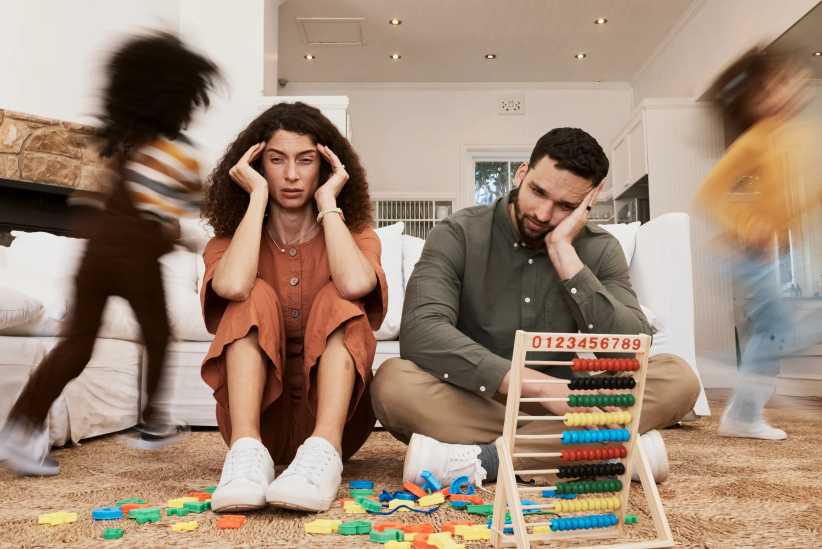When suffering from a physical ailment, such as back pain, what do we do to get relief? Who do we turn to solve the problem?
If resting, using a heating pad, and taking anti-inflammatories don’t help, we will most likely make an appointment with a doctor who can take X-rays and prescribe physical therapy. We’ll do whatever we can to avoid an operation, because surgery, the most invasive and potentially risky way to go, is the option of last resort.
Yet, when it comes to ending our marriages, the majority of us do the opposite; that is, perhaps fearful of what our spouse may do — or in reaction to what the spouse has already done — we schedule a meeting with the legal professional who tries to win everything possible for a client by going to (or threatening to go to) court, which generally involves the greatest risk for us and our children.
Often, our first impulse is to consult a litigator — maybe a “shark,” the toughest advocate we think we can afford, who will protect us by tearing the other spouse to shreds.
At a recent training session at the Cardozo School of Law in Manhattan, Professor Adam Berner, a mediator and collaborative lawyer, used this analogy in pointing out the prevalence of litigation in our society, and how differently clients make decisions in choosing medical care on the one hand, and legal assistance on the other.
When divorcing, Berner said, we pay hefty retainer fees to enter and begin the court process. Even though more than 97 percent of divorcing couples will ultimately settle their cases out of court, as opposed to a judge making the ultimate decisions, we pay our litigators handsomely to prepare for a trial that is quite unlikely to ever take place.
For many couples, there is a better way to proceed. It is called collaborative divorce.
What is collaborative divorce? I can only begin to answer this question in one column, so here are the basics:
• You stay out of court: Both you and your spouse, and each of your lawyers, sign an agreement committing everyone to work together to reach respectful and lasting settlements, without litigation. It is this agreement that often reduces the fears we have, and allows for cooperation, rather than the battles so often seen in the courts.
Note: Either spouse can later decide to go to court. Such a decision results in the termination of the collaborative law process. This rarely happens and when it does, the collaborative lawyers can no longer represent the clients; new attorneys must be hired.
Collaborative divorce does not always lead to agreements, but statistics compiled by the International Academy of Collaborative Professionals, the preeminent organization dealing with collaborative practice, show that 86 percent of cases settle. Only 11 percent are terminated, with another two percent of couples reconciling.
• Two-way and four-way meeting: In collaborative divorce, each spouse is represented by a lawyer. You and your lawyer will discuss your needs, for example: housing, financial security, and parenting matters. Your attorney will discuss with you how the law applies to the facts of your case. This work will happen in two-way meetings between you and your lawyer.
In four-way meetings with both spouses and their respective lawyers in the same room, the attorneys will assist in helping everyone to understand one another.
Understanding your spouse doesn’t mean agreeing with your spouse. But it does allow for much better communication and for a rational discussion of the issues. And with this mutual understanding achieved, the lawyers will help you to develop options to satisfy both of your needs, and to consider the implications of the possible choices before you. Your lawyers will also assist in the negotiations.
There is much more to say about collaborative divorce. I intend to discuss such matters in the coming months. As always, I welcome your questions and comments.
New York City and Long Island-based divorce mediator and collaborative divorce lawyer Lee Chabin, Esq., helps clients end their relationships respectfully and without going to court. Contact him at lee_chabin@lc-mediate.com, (718) 229–6149, or go to lc-mediate.com/home.
Disclaimer: All material in this column is for informational purposes only and does not constitute legal advice. Discussing your particular case and circumstances with a legal professional before making important decisions is strongly encouraged to safeguard your rights.























